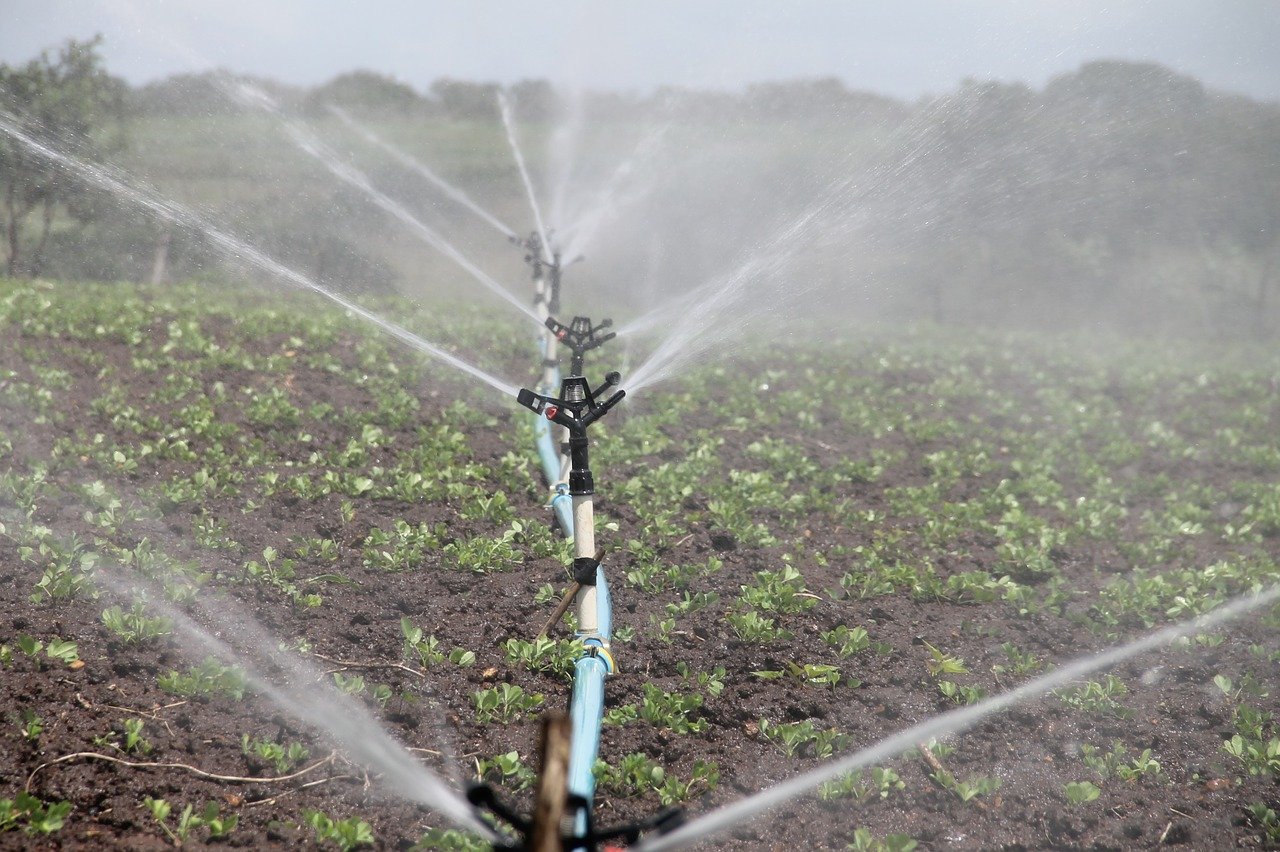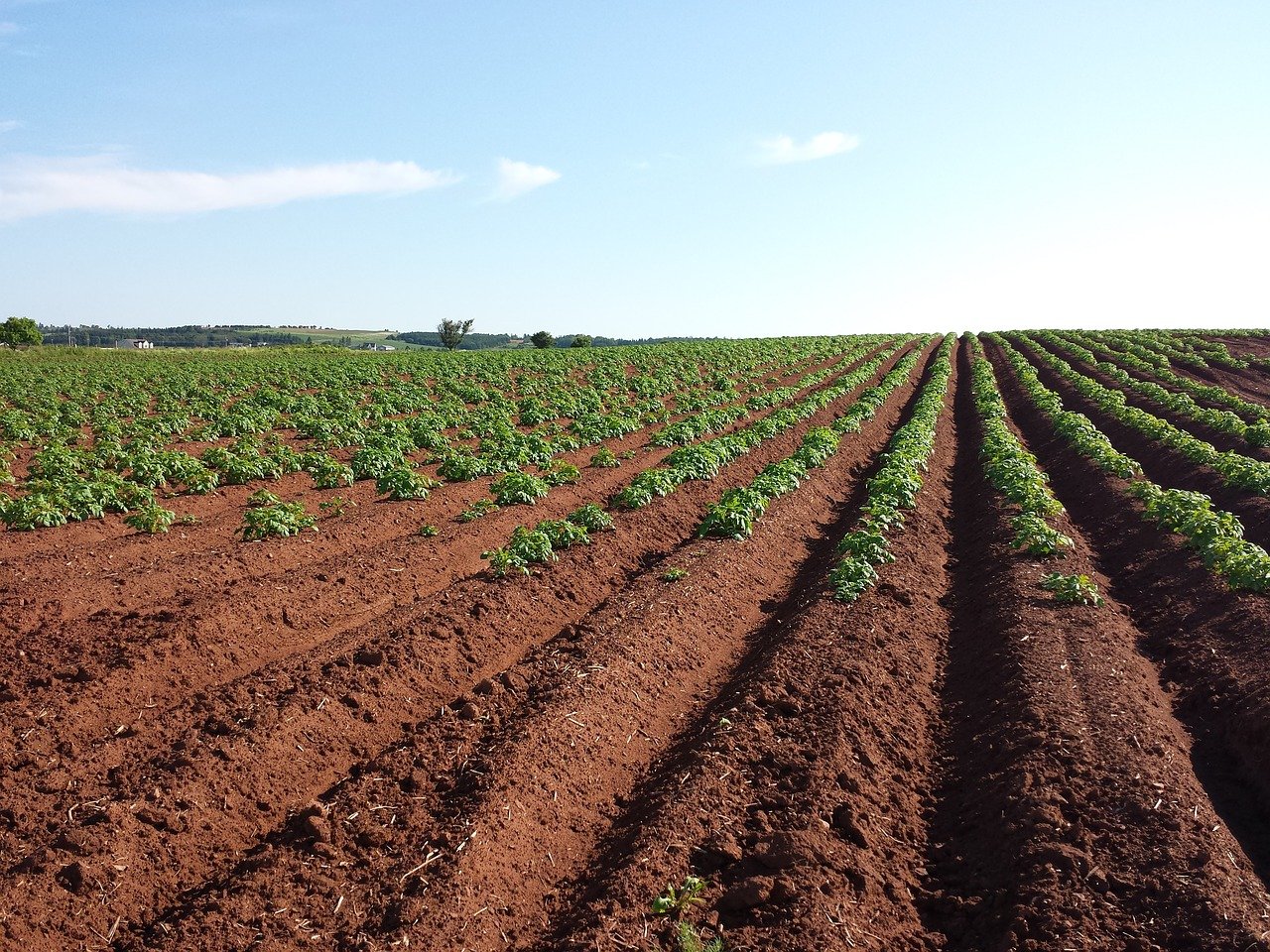Plants absorb water through their root systems via a process known as osmosis. Water moves from soil, which ideally has low salt content, to the inside of root cells that have high salt content. When the accumulation of salt in the soil is higher than inside the roots' cells, the reverse happens. The The soil takes water from the roots, and as a result, the plants will wilt and perish. This is the effect that salinization has on plant life, and when those plants are agricultural crops, it is a catastrophe.
Other Forms of Damage Cause by Salinization
The damage that salinization brings about is not just caused by osmosis. It is also partly due to toxic amounts of sodium and chloride building up in the soil. Plants that are particularly sensitive to this include fruits and woody ornamentals.
In addition to these difficulties, there is the problem of high pH, which also occurs because of elevated levels of sodium. This can bring about a deficiency in micronutrients.
How Salts Invade the Soil
Salts are encouraged to accumulate in the soil when input rates are higher than output. They are introduced into the soil by various mechanisms, including:
- Composts
- Fertilizers
- Geological Sources (soil parent material)
- Irrigation Water
- Manures
- Various other amendments
In this particular article, we are focussing on irrigation water. When the salt content is too high, it damages the soil, which in turn damages crops. It needs to be removed, and the best way of doing so is through the process of leaching.
Salt Types
The types of salts that are found in irrigation water include:
- Calcium
- Chlorides
- Magnesium Bicarbonates
- Sodium Chloride (common salt)
- Sulphates
The Early Signs of Soil Salinization
One of the problems is discovering the issue before it gets out of hand. Crop yields start off by becoming decidedly reduced before the visual signs of salinity damage manifest themselves. The initial visual warning is stunted crop growth, whereby the leaves often take on a blue-green tinge.
As the salt toxicity increases, you will notice burning or scalding at the extremities of older leaves. Eventually, the leaves will perish and drop off, and the plant will die. Sometimes, younger leaves turn yellow, or the plant will begin to wilt, regardless of the fact that the soil seems to be moist.
Salinity Absorption is Not Only via Root Systems
Some crops are not as sensitive to the root absorption of salt as others. Instead, these plants are susceptible to leaf burn if saline water is sprinkled on them.
Strangely enough, most damage occurs when hot, dry conditions are prevalent. It's because the process of evaporation results in the concentration of salt on the surfaces of the leaves.
The Measuring of Salinity in Irrigation Water
The salinity content of irrigation water is normally calculated by estimating its EC or electrical conductivity, and this can be translated into TDS or total dissolved solids. While electrical conductivity does not quantify the dissolved salts themselves or the impact they bring to bear on the soil and any crops, it does give reasonable proof regarding the existence of salinity problems.
How to Reclaim Saline Soil
It is not possible to rescue saline soils through the application of chemicals, conditioners, or fertilizers. The only way it can be done is to leach the soil thoroughly, with sufficient volumes of top quality water. The water must, of course, have low levels of sodium. However, there can be a little saline content - somewhere between 1,500 to 2,000 parts per million. This is, in actual fact, beneficial because it works to help the soil to remain permeable throughout the leaching process.
It takes around 12 inches of water to leach out between 70% and 80% of soil per foot of soil. However, one has to be careful because excess amounts of water can give rise to certain management problems given the threat from high water tables. Other concerns include the additional expense of irrigation water and the problems associated with keeping the levels of soil nitrate sufficiently high to support the growth of crops.
Magnetized Water Technology and Soil Salinity Reduction
A considerable amount of research has been carried out over the past three decades by a team of scientists in Australia into the use and effects that magnetic fields can exert on crops. The methodology is based on the magneto-hydrodynamic activation of irrigation water. The research has resulted in innovative applications being developed, trialled, and adopted in Australia, Europe, and the Middle east.
These applications bring about real chemical change in irrigation water that facilitates improved filtration, which in turn results in significantly increasing the ability the water has to dissolve saline.
The ridding of the salts enables crops to better assimilate fertilizers and nutrients during their growth period. It has been shown that crops irrigated with magnetized water more readily absorb mineral salts from the soil with no sediment being formed on the surface of the soil.
The Benefits of Magnetized Water Irrigation
Several benefits arise through using magnetized water for crop irrigation.
- The vegetation period lessens by between 15 to 20 days.
- Crops ripen 15 to 20 days earlier.
- Here is an increase in crop production from 15% to an astounding 100%.
- The occurrence of plant disease is drastically lowered.
- The flavour of the crops improves.
These improvements represent a significant step forward in terms of effectively dealing with the problem caused by salinated soil in the agricultural sector worldwide.


